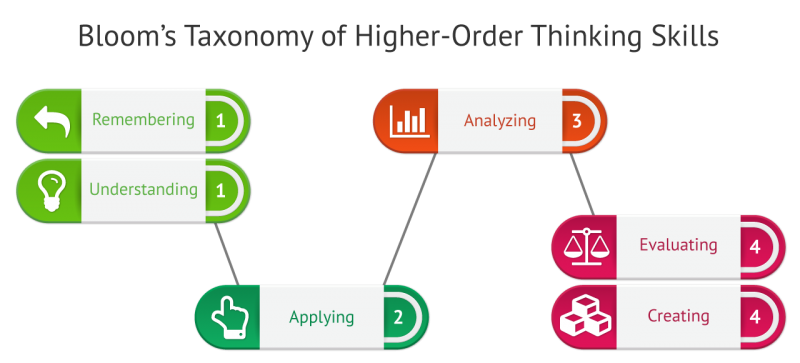NFEC Financial Literacy Test for High School Students is a Valuable Program Resource
The financial literacy test for high school students has multiple benefits for financial educators. Verification of positive results can be used to expand your financial education program’s reach and get additional funding. But not all financial literacy tests for high school students are created equal. Some don’t ask the right questions. Many misinterpret the results or miss opportunities for improvement.
The NFEC’s high school financial literacy test does not suffer from those issues. We know what the data mean and how to leverage the results to achieve actionable improvement.
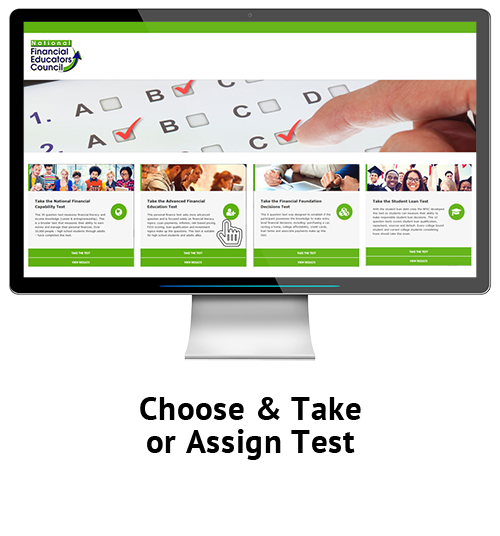
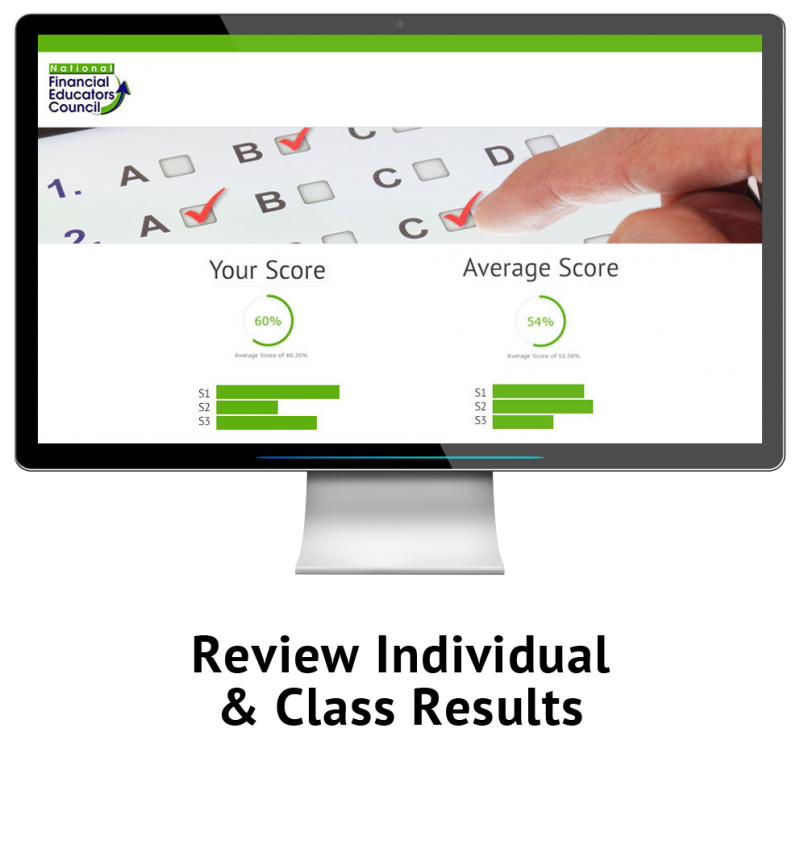
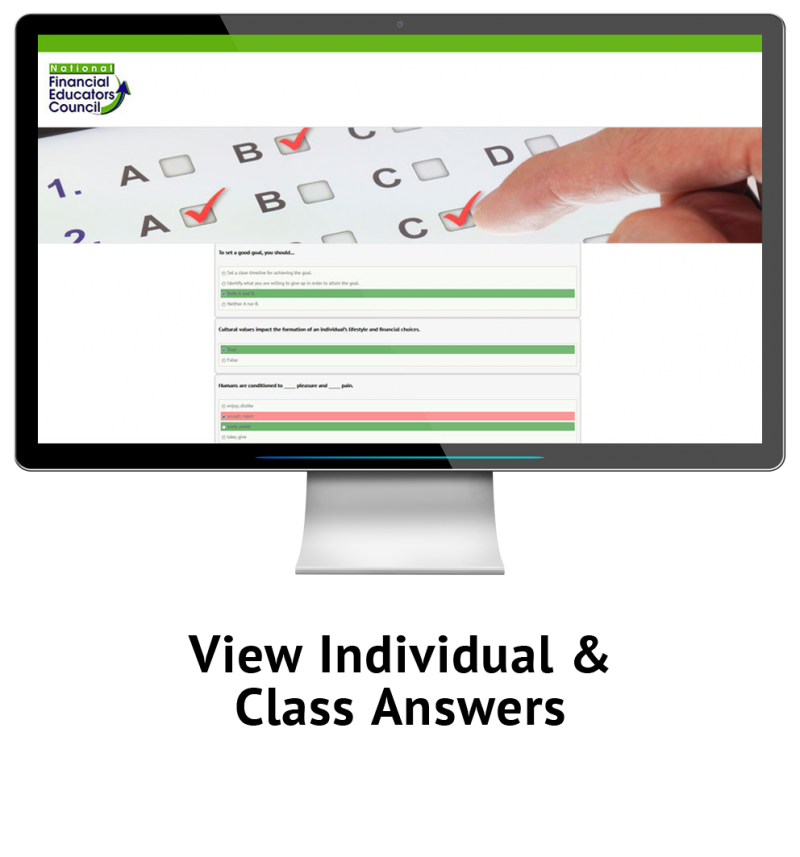
Results
Average Score of 67.38%
Average Score for respondents aged 15 to 18 years: 64.21%
A Financial Literacy Test for High School Students Should Dig Deep and Measure Accurately
We assess financial knowledge and work toward increasing learners’ cognitive processing abilities. We stress the importance of the First Step – the first action toward financial wellness – and make sure it is clear to students. We dig deeper to uncover financial sentiment, which is often unknown to participants. We reveal self-sabotaging behavior toward money. When delivering financial literacy to teens, molding behavior change takes time, patience, and constant focus. We measure success in program graduates by tracking the implementation of their self-designed financial plans and the resulting improvement in their financial situations.
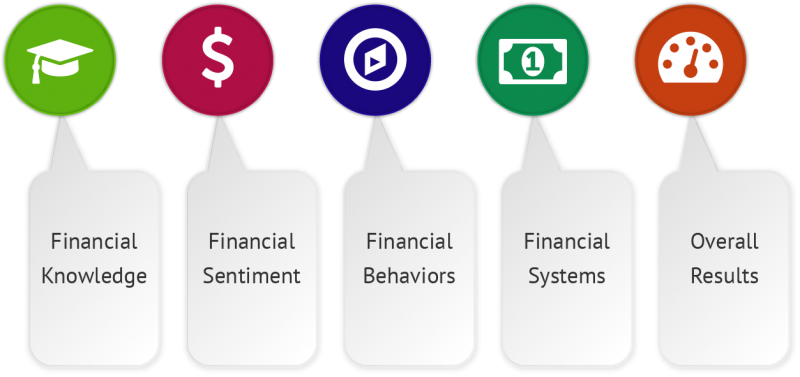
The NFEC’s Financial Literacy Test for High School Students Measures
The learning process takes place in phases and our high school financial literacy test determines the phase in which students are currently operating. That way, we can scaffold the curriculum to teach students on their level. When we know where they are, we know how to encourage them toward engaging higher-order thinking skills. We use Webb’s and Bloom’s learning models, which are slightly different but complement each other. When the material follows this structure, engagement rate stays high and learning is most efficient.
